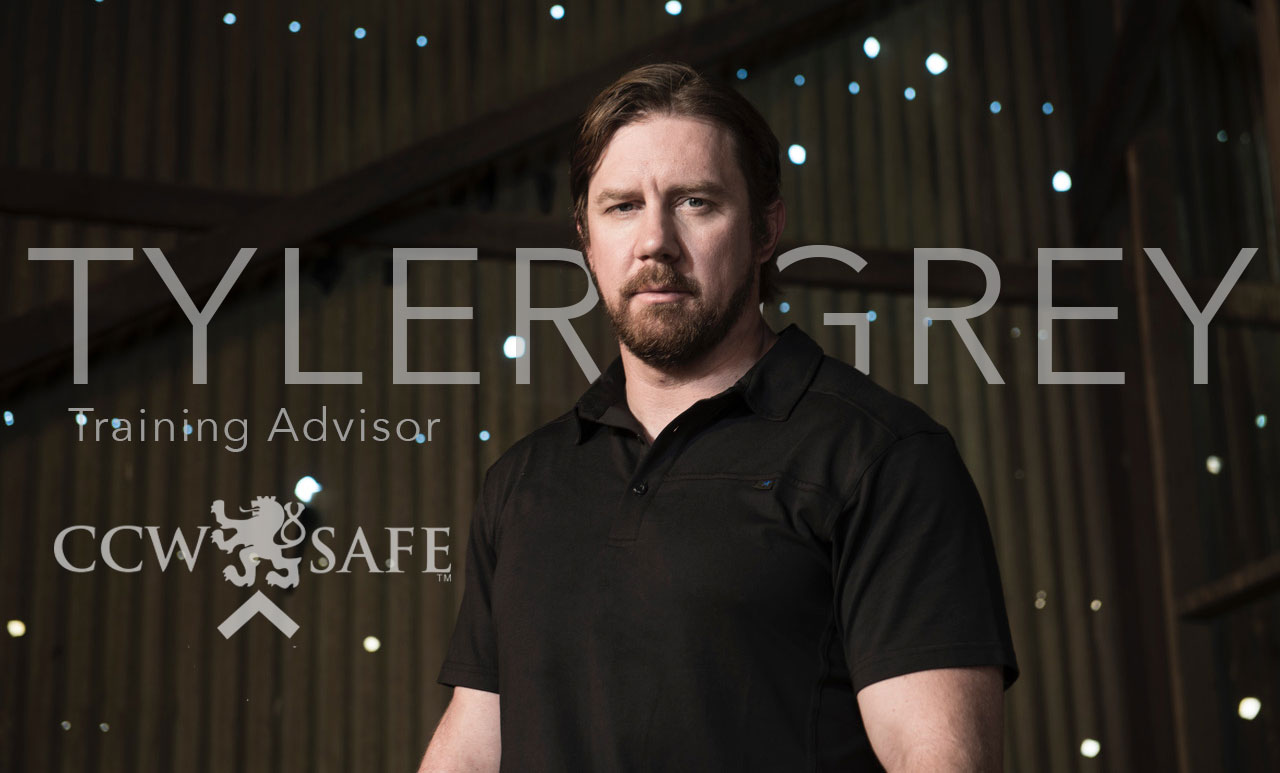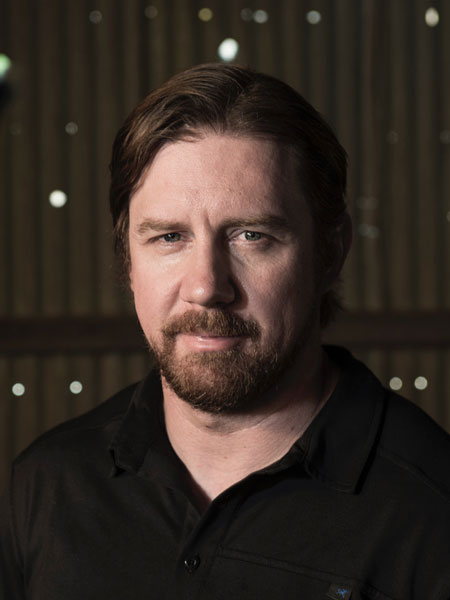
Posted on April 19, 2017
Thoughts On Condition 2 Carry
“There Are No Timeouts In A Gunfight”
Now obviously we all know this, but many times I get asked questions where I feel people may know that there “no timeouts”, but they forget that a fraction of a second can mean the difference between life and death. The question I was recently asked my opinion on was: “What are your thoughts on Condition 2 carry?” For the purpose of this article, and for those who don’t know that term, it means carrying your firearm without a round in the chamber.
So here are my thoughts on Condition 2 Carry: It Depends. Now anyone who knows me knows that that phrase is my answer to every tactical question as every answer depends on many factors and nothing is black and white nor a simple yes or no. Everything in life has its advantages or “pros” and its drawbacks or “cons” so tactics and techniques for self-defense are no exception. So it’s a matter of understanding drawbacks and advantages of those tactics and/or techniques then deciding what is best for your personal situation. So lets talk about some advantages and drawbacks to condition two carry and at the end I’ll summarize my evaluation of them.
Pros or Advantages:
First, its “safer” while holstered. Now I did put this in quotations, which I will explain why later, but it really is safer. The gun has to have the slide racked to put a round in the chamber, thus there is almost no way you could at any point have an AD/ND (accidental or negligent discharge) of the gun by an accidental snag or pull of the trigger which means there could also be no real issue with the accidentally safety coming off, since that just is a precursor to being able to pull the trigger by its very definition. Included in this advantage is: while being holstered or un-holstering in a non-life threatening situation i.e.: When you put it in the holster to carry and also when removing it from the holster either to put away, clean, etc. Personally I almost always leave my carry gun in my holster but that’s another article for another day.
Since there is no round in the chamber so there isn’t even a round near a firing pin in case someone is worried about dropping it (though VERY few modern guns fire when dropped).
It’s safer while un-holstered in the non life threatening environment of say putting it in your safe, setting it on your dresser, or anything else you would do outside of the holster for a variety of reasons. Lastly: it’s safer while un-holstered in life threatening situations, as now you must rack the slide prior to it being able to fire. In the opinion of its proponents this is a good thing because it give you another step prior to being able to use deadly force.
Lastly, it’s safer while un-holstered in life threatening situations, as now you must rack the slide prior to it being able to fire. In the opinion of its proponents this is a good thing because it give you another step prior to being able to use deadly force.
Cons or Disadvantages:
It’s slower. On this disadvantage, no: it does NOT depend. I have heard the argument that “it’s just as fast” a million times by friends who come from a small country overseas who all use this technique and though they are quick at racking it you cannot compare people being super trained with their technique to people with less training with another. The simple science is: when all other things are equal, drawing a gun and pulling the trigger is ALWAYS faster than drawing, racking the slide, then pulling the trigger. 2 steps is always faster than 3 and even if it is a fraction of a second faster, as mentioned above: that could be the difference between life and death.
It requires more training. Now I am sure the people that like this technique will argue this and say it actually requires less training but hear me out. The argument that it requires less training is due to it being safer for untrained people, which I agree with as I note the safety advantages above. That being said that argument only works if you never plan to draw your firearm during a life threatening encounter because it takes a lot more training to quickly rack your slide under extreme stress which greatly increases your personal life risk. On that note: if you don’t plan on possibly needing to draw your firearm in a life threatening situation then why do you bother carrying at all? Far as examples of increases of training for added layers of safety: Glock for example started the trend of the safety on the trigger for several reasons, but what helped them get into the LE market was in the early 80’s LE started to switch from Revolvers to automatics and there were many cases where officers were killed in gunfights due to not deactivating their safeties which Glock solved as you just drew and pulled the trigger like a revolver. Could LE have adapted to a say a 1911? Yes but it taken more training to get them to adapt to thumbing the safety and departments are notoriously under trained for the difficulties of their job.
I’m sure by now you have figured out that I am not a fan of Condition 2 carry, as simply the pros don’t outweigh the cons in my opinion. I put the word safer in quotations in the first pro, because if you are carrying a gun that isn’t SAFE in your holster with a round in it: then you shouldn’t be carrying that firearm with/or without one. Many people comment often on how “a gun cannot fire on its own” and that it requires human contact to fire. This is true and therefore I would argue when people talk up this style of carry they are essentially saying it is safer for the untrained as the gun can’t AD/ND itself. I commented on this already in the cons but here is my personal opinion about that: If you are untrained to the point of needing to carry without a round in the chamber to be safe; then you shouldn’t be carrying a firearm at all. Is that harsh, yes absolutely; but so is the world we live in and to carry a firearm without the proper training makes you a risk to yourself and possibly others. The solution is to get training. Though it is not the easy or quick one, by carrying a firearm you have chosen to be one of the few who carry a firearm to potentially protect yourself and others so you are the type of person whom will take up that challenge for yourself and others. Find a reputable class/instructor and get to the point where you feel safe carrying a loaded firearm.

Tyler Grey
Training Advisor
Tyler Grey is a former US Army Tier 1 Operator with almost 10 years in US Army special operations. He served over 4 and half years with the 2nd Ranger Battalion as a Sniper and then another four and a half at Ft. Bragg as an Assaulter. He has extensive combat experience from multiple tours in Afghanistan and Iraq as well as other deployments in support of US policies and objectives. He is an extremely proficient tactician and an expert instructor for Multiple Weapons Systems, Sniping, CQB, Counter Terrorism, PSD, Small Unit Tactics, Urban Combat, Evasive Driving, and other special operations skills. Since being medically retired for wounds received in Iraq, Tyler has continued to expand his knowledge and develop new tactics and training techniques. We are proud to have him as our training advisor.